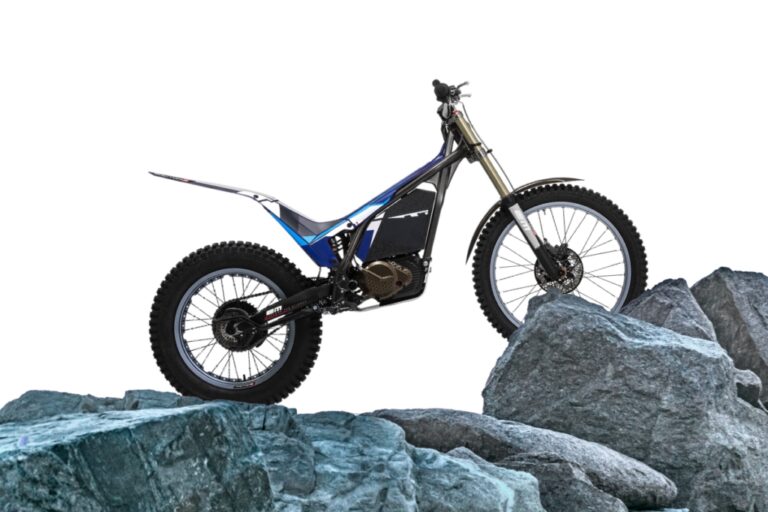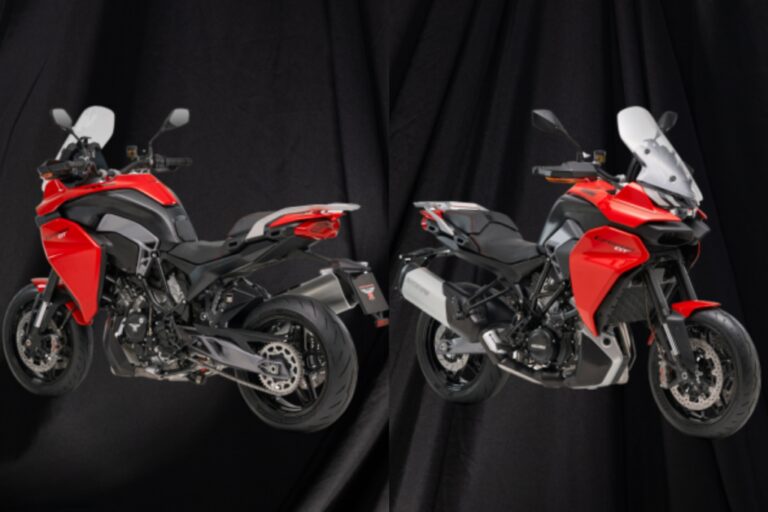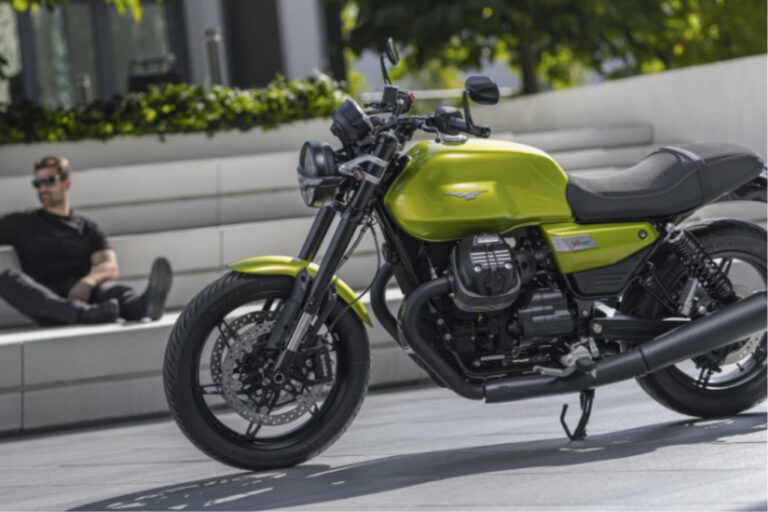Everything you need to know about motorcycle technical inspection: rules, fees, and penalties

With the recent implementation of regulations requiring technical inspections for motorcycles, many owners are facing new obligations. Whether you are a passionate motorcyclist for a long time or new to the world of motorcycles, understanding the new rules, associated fees, and potential penalties is crucial for riding legally and safely. Let’s explore together everything you need to know to navigate worry-free in this regulated universe.
Applicable rules for motorcycle technical inspection
The technical inspection for motorcycles has been established to improve the safety of road users, ensuring that vehicles comply with safety standards. According to decree No. 2023-974 from October 23, 2023, this inspection is now mandatory for all two or three-wheeled vehicles, as well as motorized quadricycles, including mopeds, light and heavy motorcycles, and motorized tricycles. The first inspections for older vehicles must be carried out starting April 15, 2024. The frequency of the technical inspection is set every three years.
Fees for motorcycle technical inspection
Contrary to the government’s initial expectations, which suggested a fee of around €50, the current average cost of motorcycle technical inspection is estimated at nearly €75. This cost can vary based on several factors, including the region (prices tend to be higher in urban areas), the type of vehicle, and the profit margin of the inspection centers. It is worth noting that the price is freely set by each accredited center.
Penalties for non-compliance or failure to present
Failure to comply with the obligation to undergo the technical inspection exposes the vehicle owner to severe penalties. A fine of up to €750 may be imposed. In the event of verification on public roads, authorities may immobilize the vehicle and confiscate the registration card. In this case, the owner has seven days to carry out the inspection and recover their official documents at a police station or gendarmerie. Additionally, if the technical inspection is not performed within the required time frames, the vehicle may be taken to the impound lot.
Essential verification points during inspection
During the technical inspection, various elements of the vehicle are checked. These verifications are divided into nine main categories, which include vehicle identification, brake systems, steering, visibility, lights and reflective devices, axles, wheels, tires, and suspension, the chassis, and other accessories, as well as noise and pollutant emissions. Each point identified as defective can be classified into three levels of severity: minor, major, or critical. A critical defect will require immediate repair to avoid significant risks to safety.
Re-inspection modalities
If a vehicle has major or critical defects, it must undergo re-inspection. For a major defect, the re-inspection must be carried out within two months, allowing the vehicle to circulate provisionally. On the other hand, if critical defects are detected, the vehicle must be removed from circulation immediately, and the re-inspection must also be carried out within two months, without the vehicle being allowed to circulate before being repaired.
Accredited centers for motorcycle technical inspection
It is essential to go to an accredited technical inspection center to carry out this check. Choosing the center should not be taken lightly, as not all are authorized to inspect two-wheeled vehicles. The Central Technical Organization (UTAC) provides a directory of accredited centers, thus ensuring their competence to carry out the required tests on motorcycles and other involved vehicles.
Useful addresses and resources
To compare motorcycle insurance or find more information about the technical inspection, there are various online resources available. Platforms like Blog Moto offer detailed articles and guides on the latest regulatory updates and their implications for motorcyclists.






